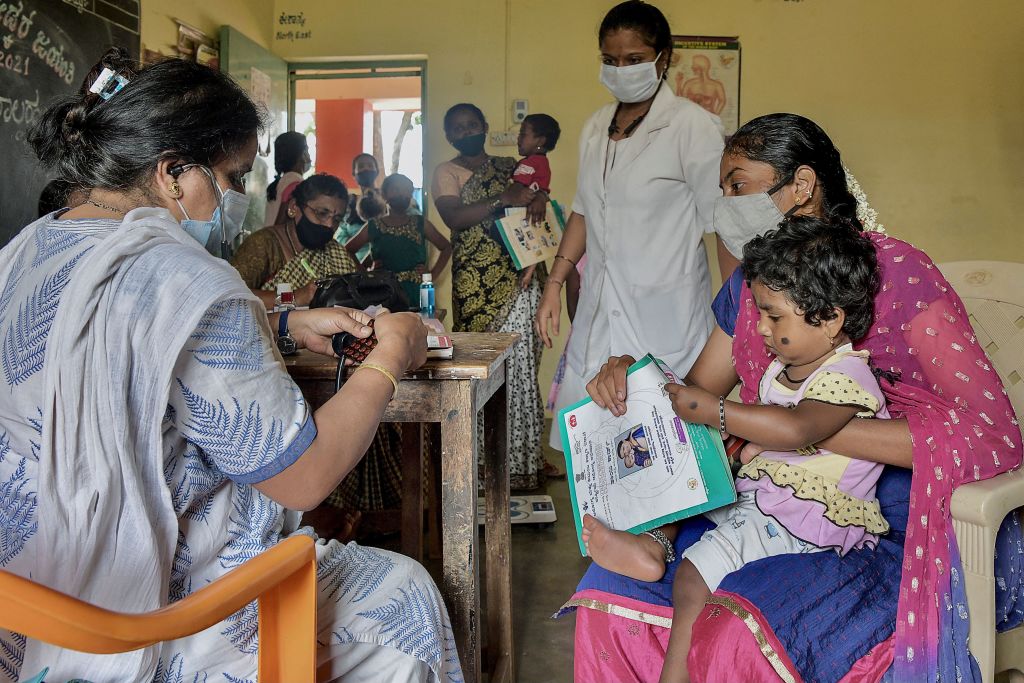- Thursday, April 25, 2024

By: Pramod Kumar
THE second wave of Covid-19 has pushed rural India into deeper debt as the pandemic wiped out work for a majority of the people.
The coronavirus and a lockdown aimed at stopping it last year saw millions of people thrown out of jobs in cities and towns and forced back to their villages, and ever-higher levels of debt.
Months of April and May this year saw a repeat of the same trend.
ALSO READ: The sorry tale of India’s ASHA social workers in times pandemic
Interviews with 75 households in a cluster of eight villages in India’s most populous state Uttar Pradesh showed household incomes have slumped nearly 75 per cent on average. Almost two-thirds of the households have taken on debt.
Prime Minister Narendra Modi’s government has promised free foodgrains for the poor but the rations are limited and not enough for the family, said Asha Devi 35, who had to mortgage her land for a Rs 20,000 ($270) loan.
“Sometimes I go to sleep hungry. Last week, I think I went to bed hungry at least twice but I can’t remember,” said Devi.
‘Economic recovery will be difficult’
Big debt and low income in the countryside will hold back any economic recovery the government is trying to generate and also dent private savings and investment for longer than expected, economists say.
“It will have a huge impact and prolong the recovery process. Private consumption and investments both will be hurt. There is merit in finding ways to put money in the hands of the people,” said N R Bhanumurthy, economist and vice-chancellor at Bengaluru-based B R Ambedkar School of Economics.
India’s gross domestic product fell by a record 7.3 per cent in the year that ended on March 31. The government has forecast 10.5 per cent growth for 2021-2022 but a second wave of the pandemic has dented expectations and several economists have cut their forecasts.
The poor have especially been hit hard.
The Reuters investigation showed most of the 75 households in the Uttar Pradesh cluster, a combined 518 people, have taken out the total debt of Rs 6.12 million ($82,250), more than 80 per cent of which remains unserviced, the householders said.
Borrowing has risen by three times since the pandemic hit in March 2020 and about half of that was taken out the past six months, the survey found.
With no jobs or with breadwinners sick, the cumulative monthly income of the 75 households has dropped to about Rs 220,000 ($2,960) from Rs 815,000 ($10,960) before the pandemic.
Rising prices a concern
The mix of lower incomes, higher debt and rising prices of staples is dampening demand in the countryside where two-thirds of Indians live.
Sales of everything from biscuits, tea and lentils to auto parts have taken a hit, vendors say. Some have shut down shops that their families have run for generations.
Gosh Mohammed, 43, used to sell up to Rs 8,000 ($107) of groceries a day before the pandemic. Now it’s down to Rs 1,000 ($13.5) a day.
![]()